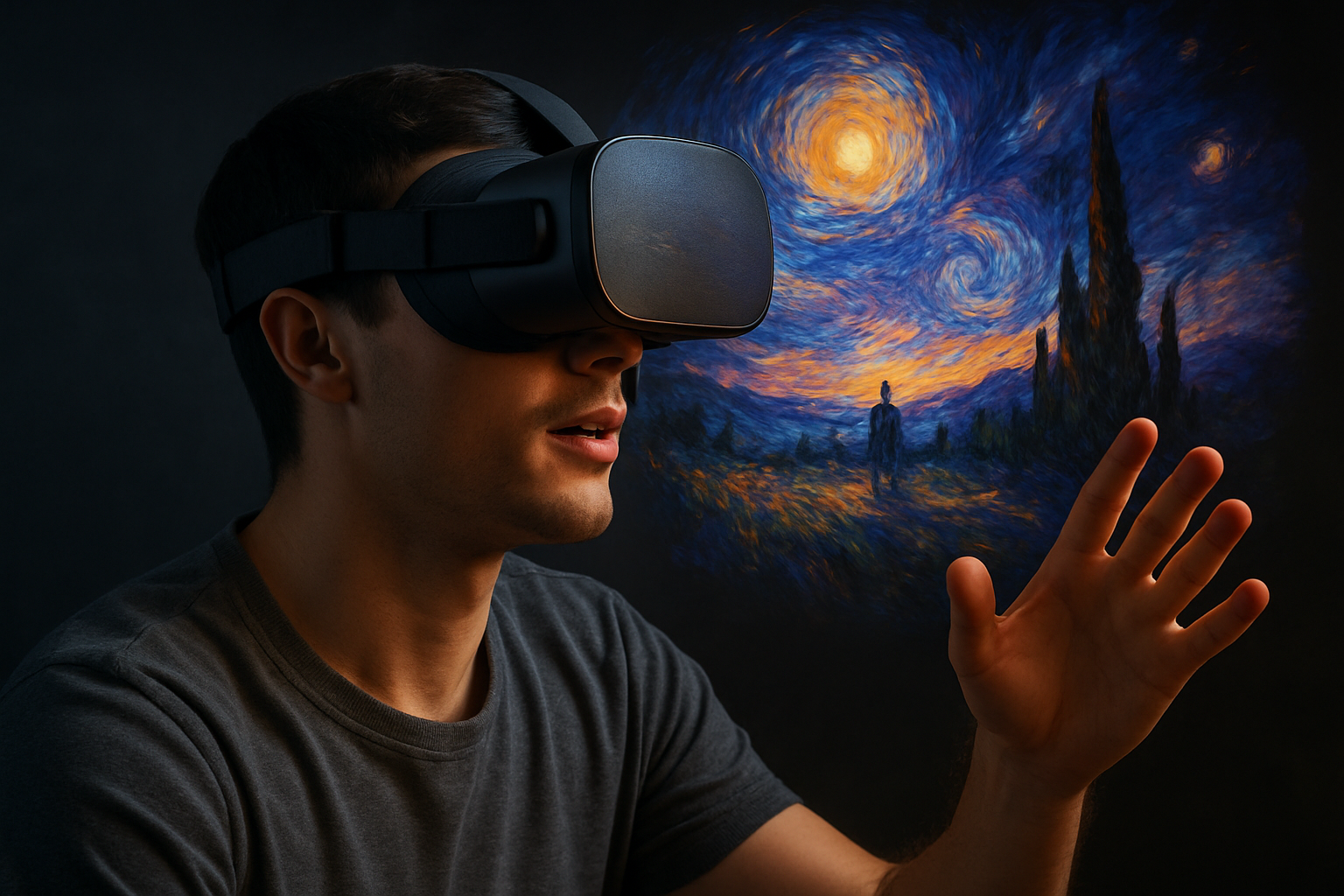Reimagining Reality: The Transcendental Power of Virtual Reality in Art and Entertainment
The world of arts and entertainment has been transformed in recent years by a groundbreaking technology: virtual reality (VR). This immersive medium has opened up new horizons for artists and entertainers, enabling them to create experiences that are more engaging and interactive than ever before. In this article, we delve into the evolution of VR in the arts and entertainment sector, its current state, and its potential future impacts.

Virtual Reality: A Brief History
The concept of VR—placing users in a computer-generated 3D environment where they can interact with their surroundings—has been around for decades. However, it was only in the 21st century that the technology became sophisticated and affordable enough for widespread use. In the early 2010s, companies like Oculus and HTC launched consumer-grade VR headsets, sparking a revolution in the way we consume media.
The Current State of Virtual Reality in Arts and Entertainment
Today, VR has permeated every facet of the arts and entertainment industry. Artists are using it to create immersive installations that transport viewers to fantastical worlds. Filmmakers are leveraging VR to tell stories from unique perspectives, creating a sense of presence and empathy unparalleled by traditional cinema. Moreover, theatres and museums have started to incorporate VR into their programming, offering audiences new ways to engage with art and culture.
The Impact of VR on Artistic Expression and Audience Reception
The adoption of VR technology has fundamentally altered the artistic process, offering creators a new set of tools with which to express their visions. For audiences, VR offers a deeply personal and interactive experience, fostering a higher level of engagement. Many critics argue that this shift towards immersive media represents a new phase in the evolution of art and entertainment—some even dub it the ‘VR Renaissance’.
The Future of VR in Arts and Entertainment
The future of VR in the arts and entertainment sector looks promising. As the technology continues to improve, we can expect to see even more innovative and immersive experiences. Furthermore, VR has the potential to democratize access to arts and culture. By transporting users to virtual galleries, concerts, or performances, VR can bring art and entertainment to those who may not normally have access.
Conclusion
From its nascent stages to its current widespread use in the arts and entertainment industry, VR has proven itself to be a transformative tool. It has reshaped how artists create and how audiences consume media, marking a significant shift in cultural consumption. As we look to the future, the potential of VR in this sector is boundless—only time will tell the full extent of its impact.
The integration of VR in arts and entertainment represents a new frontier in creative expression and audience engagement. As we continue to navigate this evolving landscape, one thing is clear: VR has the power to reimagine reality, opening up new possibilities for artists and entertainers around the world.





